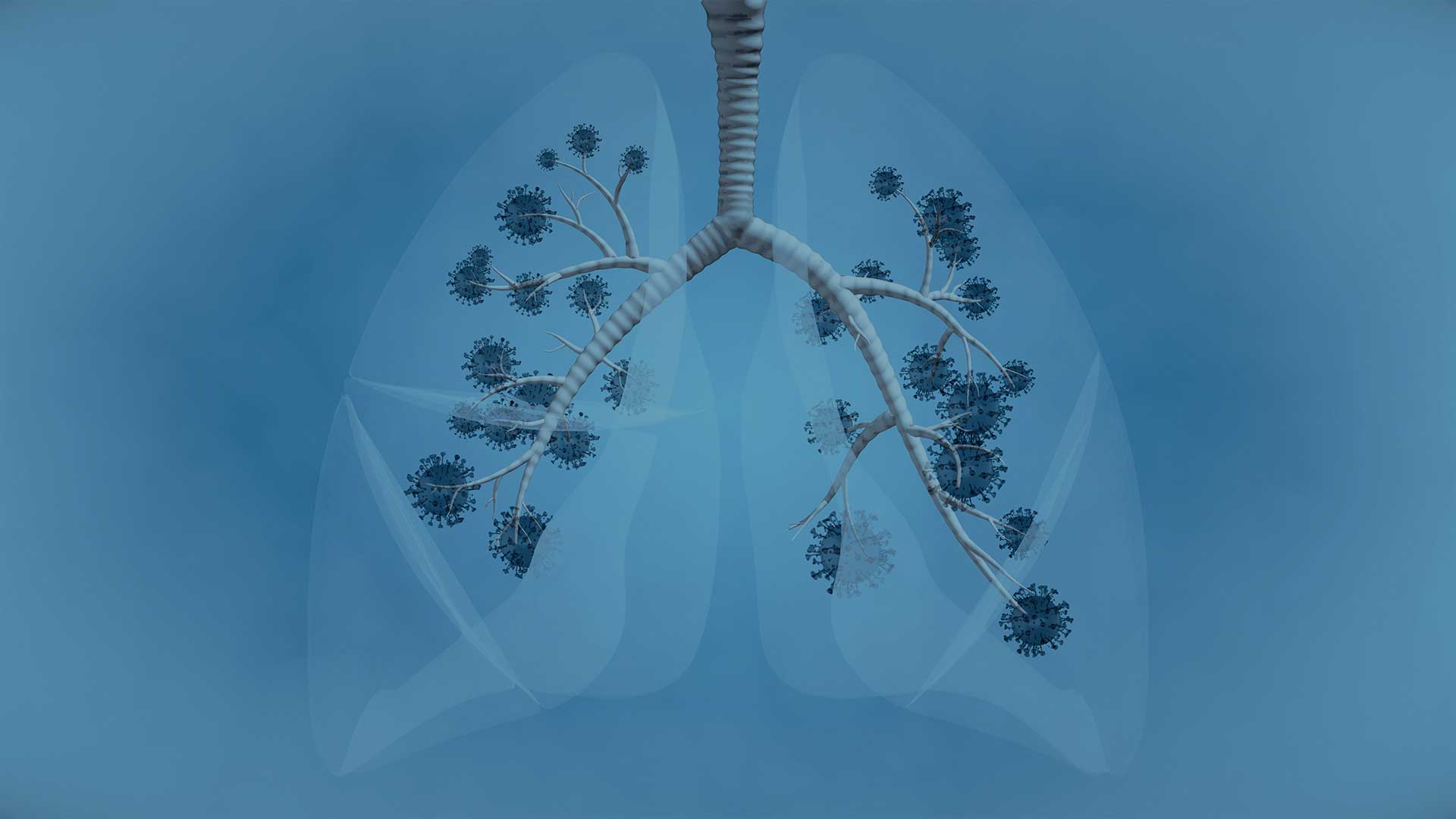Two types of biomarkers are currently used to help optimize a lung cancer patient’s treatment plan: driver mutations within the cancer’s DNA to determine whether a targeted therapy is appropriate and the level of expression of a particular protein in the patient’s tumor to determine whether an immunotherapy drug is appropriate.
Driver mutations
All the organs and tissues in our bodies are made up of cells, and each of these cells contains thousands of genes. Genes are made up of DNA, which is a specific code that is use to ultimately make proteins that have specific functions for the cell. It is essential for each gene to have the correct DNA code, or instructions, for making its protein. When the DNA is correct, the protein is able to perform the correct function.
When a gene has an error in its DNA, it is said to be mutated, or changed. Mutations can be:
Acquired: Also called somatic. Present only in the tumor and not passed on to children
Inherited: Present in all cells of the body and passed on to children
Virtually all of the biomarkers that are helpful to making treatment decisions in lung cancer are acquired. Inherited biomarkers are still being researched.
Mutations occur often, and normally the body can correct them. However, depending on where in a gene the change occurred, the small change may go undetected by the body and become part of the cell’s blueprint. Over time, an accumulation of mutations can result in the formation of a tumor. Mutations that cause cancer are called driver mutations.
Driver mutations are biomarkers that are used in biomarker testing in lung cancer; their presence may determine whether a patient will be prescribed one of several approved targeted therapies or be potentially eligible for a clinical trial for a targeted therapy still in development.
Right now, scientists have the most information about driver mutations in the subtype of NSCLC called lung adenocarcioma. The driver mutations in lung adenocarcinoma that currently have EMA-approved targeted therapy drugs available are EGFR, ALK, ROS1, BRAF V600, NTRK, and RET. Driver mutations in SCLC and other types of lung cancer are also being studied. There are as yet no targeted therapies that are EMA-approved for them.
Immunotherapy Biomarkers
There are several immunotherapy biomarkers; only one, PD-L1, is currently used in the clinic for lung cancer.
PD-L1: PD-L1 is a protein biomarker used to determine whether a lung cancer patient is likely to benefit from a treatment with a type of immunotherapy drug called an immune checkpoint inhibitor. Immune checkpoint inhibitors are drugs that help the patient’s own immune system fight the cancer. They do this by overriding the immune system’s fail-safe mechanisms, which are designed to suppress the immune response at appropriate times to minimize damage to healthy tissue. Patients who have a high level of PD-L1 are more likely to respond to immune checkpoint inhibitors. However, even those with tumors that do not express PD-L1 may respond.
Other immunotherapy biomarkers: While they are not yet used in the clinic for lung cancer, scientists are also studying types of immunotherapy biomarkers other than PD-L1, such as tumor mutational burden (TMB), CTLA-4 expression, and microsatellite instability.

